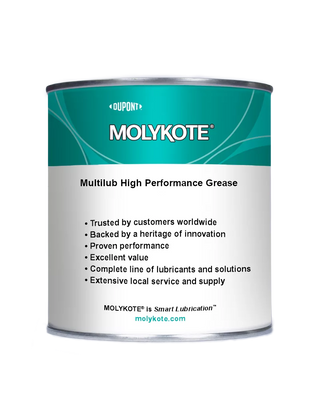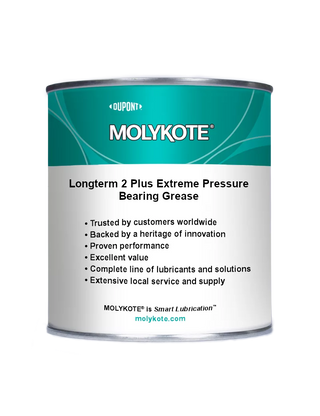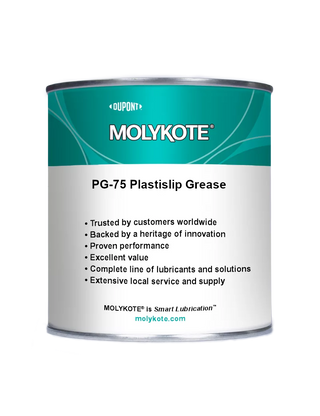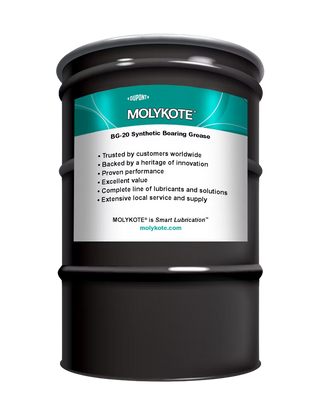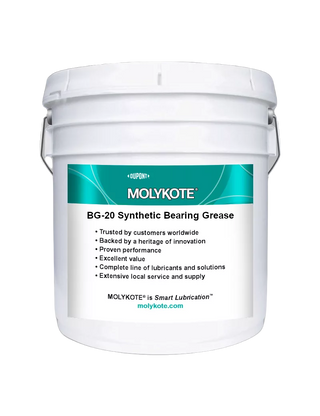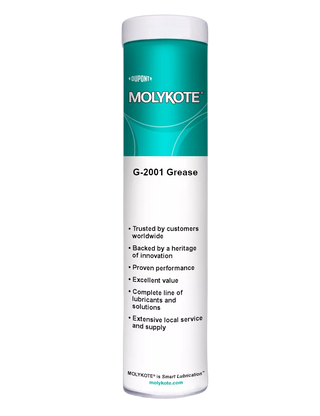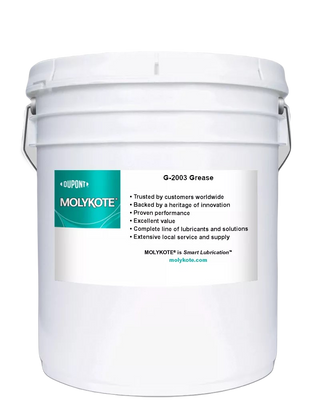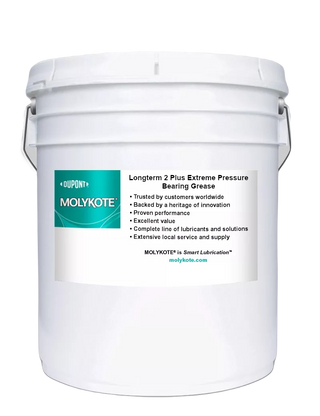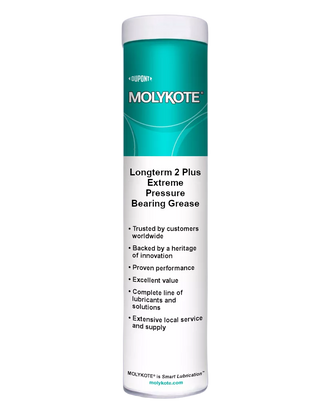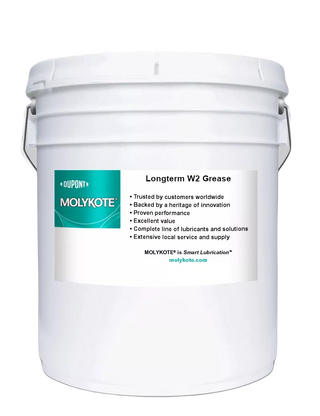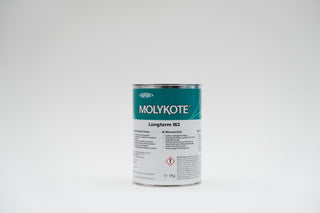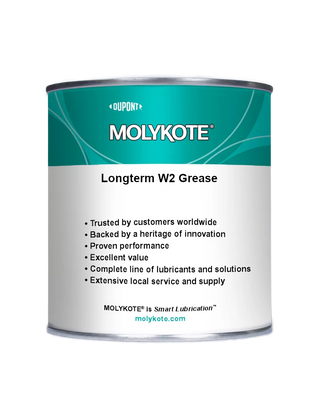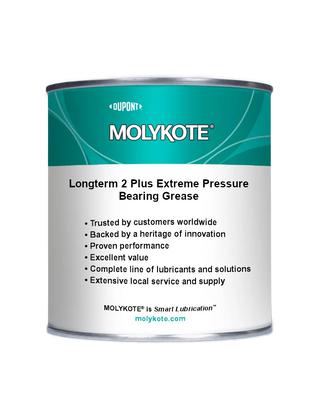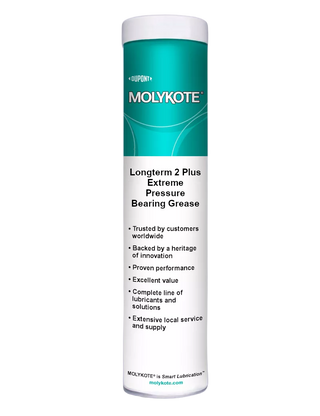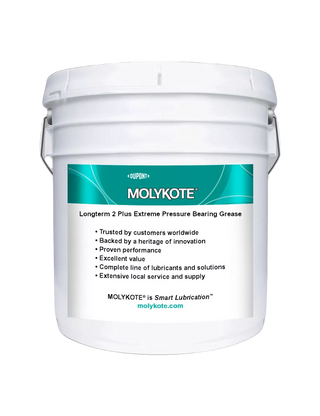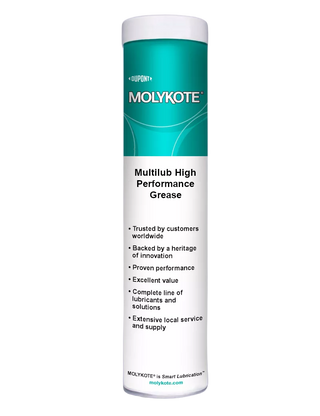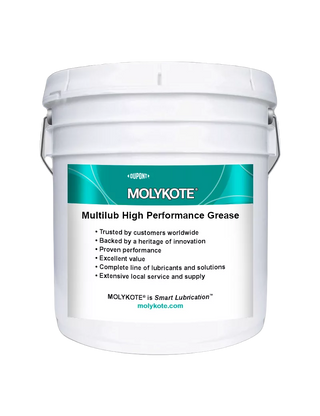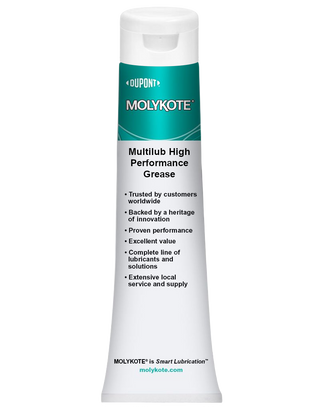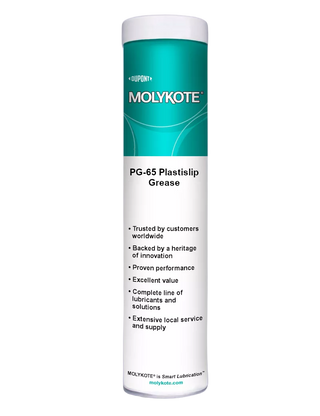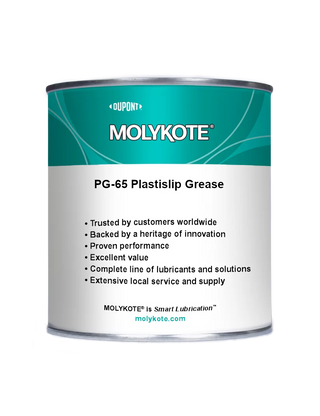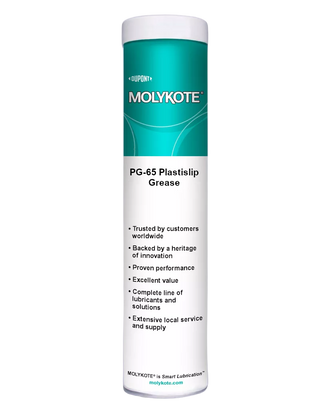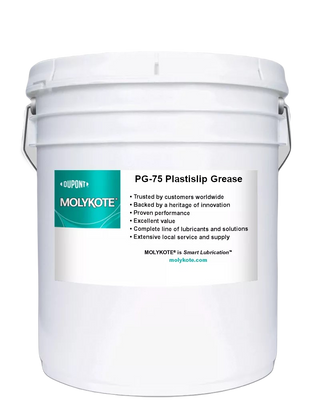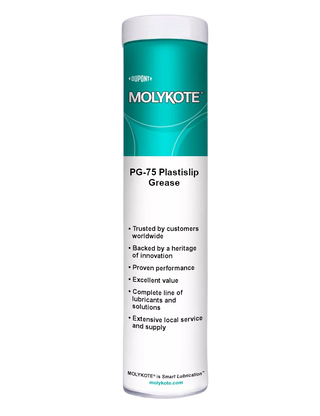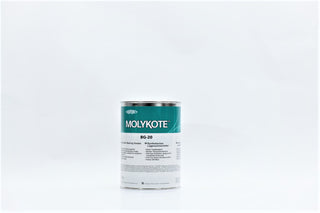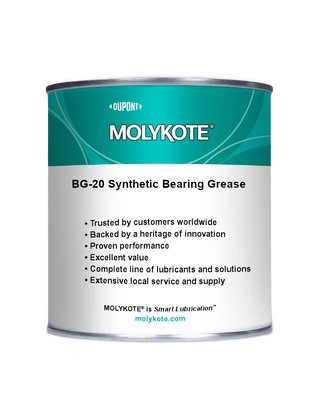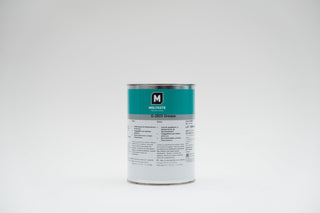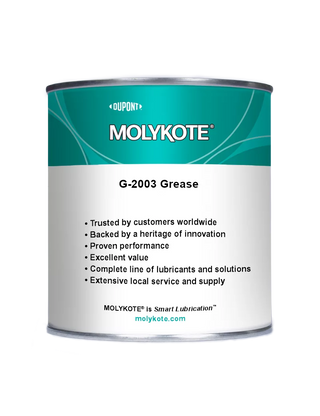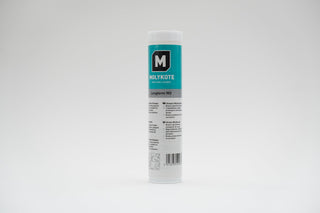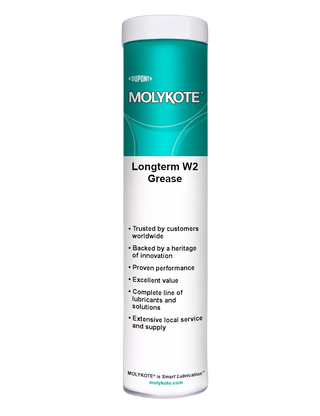Plastic greases For bearings Food grade
Sort + Filter
Greases from our store sklepsmary.pl are available in various consistencies, more or less fluid. They meet the requirements for work in difficult conditions, at high loads, in a wide range of temperatures and from low to high speeds. The main applications of plastic greases available on our website are: gears, all types of bearings, conveyor systems, guides, drives, pumps, valves, sockets and shafts.
Greases - Product Characteristics
Greases can be used in both low and high temperature environments. They are resistant to high temperatures and do not melt, making them ideal for use in the automotive and aerospace industries. Some greases are also resistant to water and moisture, making them particularly useful in areas exposed to water, such as bridge and ship structures. Other greases are resistant to chemicals and can be used in the chemical industry to lubricate machinery and equipment exposed to various chemicals.
Plastic greases are substances with a consistency from liquid to solid, consisting of a liquid phase and a thickener, i.e. a gelling agent. Some plastic greases also contain microscopic solids. The quality and composition of these components determine the main properties of the grease. To improve some operating properties and adapt the grease to specific applications, special additives are added to it.
The latest technological processes allow for obtaining a uniform structure of the grease. The liquid phase is the basic component of the plastic grease and constitutes from 70 to 90% of its volume. The thickener creates a flexible, spatial network that connects the liquid phase and gives the grease the appropriate consistency. The structure of the grease is maintained thanks to the forces of surface attraction, capillary forces and the phenomenon of surface adsorption between the thickener and the liquid phase. In order to give the grease the appropriate functional properties, various substances are added to it that modify its structure and properties.
Application of plastic greases
Greases are widely used in various industries due to their damping and lubricating properties.
-
They are particularly useful in places where it is difficult to use other lubricants, such as oils or standard greases.
-
Plastic greases are useful in the automotive industry, where they are used to lubricate suspension and steering components and to dampen vibrations and noise.
-
They are also used in the construction industry to lubricate hinges and bearings and in the aerospace industry to lubricate aircraft engines and wings.
-
Plastic greases are available in various capacities, from small tubes to large cans, which allows them to be used both at home, in a home garage, and in industry.
Choosing a grease
The choice of the right grease depends on the conditions in which it will be used and the requirements for its properties. Factors such as operating temperature, load, humidity and the presence of other chemicals must be taken into account. Greases are available in various colors and can be used in paste or tape form. They are easy to use and dry quickly. A properly selected and used grease can significantly extend the life of machine and equipment components, as well as reduce their noise and vibration.
Types of greases
Greases are also available in different viscosity grades, which allows you to select the right grease for specific applications. Each type of grease has different composition and properties, and its characteristics and properties depend on the thickener used in them. Here are some examples:
- Lithium mineral greases
- Synthetic greases
- Fluorinated greases
- silicone greases
- Fluorosilicone greases
-
Lithium mineral plastic greases are resistant to high and low temperatures and moderately resistant to water and moisture. They are often referred to as universal, because they are widely used in various devices such as rolling and sliding bearings, pins and other loaded elements, both in means of transport and industrial equipment, in a wide range of operating temperatures.
Calcium greases are moderately resistant to temperatures, but very resistant to water and have very good anti-corrosion properties. The use of these greases includes the lubrication of sliding and rolling bearings operating under low loads.
- Synthetic plastic greases are very resistant to high temperatures and are ideal for lubricating high-speed bearings. They are used, especially as very durable universal greases for lubricating rolling bearings, they are compatible in connections, metal plastic rubber.
-
Fluorinated plastic greases are resistant to very high temperatures and chemically aggressive working environments.
- Silicone plastic greases are high-temperature resistant greases intended for lubricating rubber and plastic elements.
White grease - properties, applications and methods of use
White grease is a type of grease that is characteristically white in color and is used to lubricate various types of mechanical components.
-
It can be used in many different situations, such as lubricating bearings, locks, valves, etc. White grease is also very useful in the automotive industry.
-
It can be used to lubricate wheel bearings, valves, and also to seal mechanical joints in cars and other vehicles.
-
It can also be used to protect metals from corrosion in cars and other vehicles, as well as to protect mechanical elements from water and moisture. It is also useful in the construction industry.
-
It can be used to lubricate bearings in mechanical tools, as well as to seal mechanical connections in various types of machines and construction equipment. It also finds its application in the electronics industry.
One of the main advantages of white grease is that it is very resistant to water and moisture, which makes it particularly useful in elements that are exposed to mechanical factors. It also protects against corrosion.
Thanks to its parameters, it is ideal for application in elements that are exposed to high mechanical loads. This is due to the creation of a lubricating layer and a special protective film that reduces friction or eliminates it completely. Therefore, white grease is ideal for places that are heavily loaded and exposed to friction, and thanks to it, we will avoid frequent breakdowns of our machines and equipment.
White grease is also very easy to use. It can be applied to mechanical parts using special grease guns, brushes or sprays. It is also available in various capacities, such as tubes, cans or containers with a dispenser, which allows the best choice of grease application for a given part.
Graphite grease and molybdenum grease
These are plastic greases with solid lubricant additives, graphite or molybdenum disulfide allowing for work in more demanding applications. Molybdenum greases and graphite greases are resistant to very high loads and are used in moving connections such as sliding bearings, bushings, and joints.
Food greases
Certified lubricants are used in the food industry, primarily among meat and poultry processors, the fish industry, bakeries, beverage producers, the dairy industry, etc. They are divided into the following categories:
- Lubricants for direct food contact: NSF 3H certified
- Lubricants for incidental food contact, NSF H1 certified

